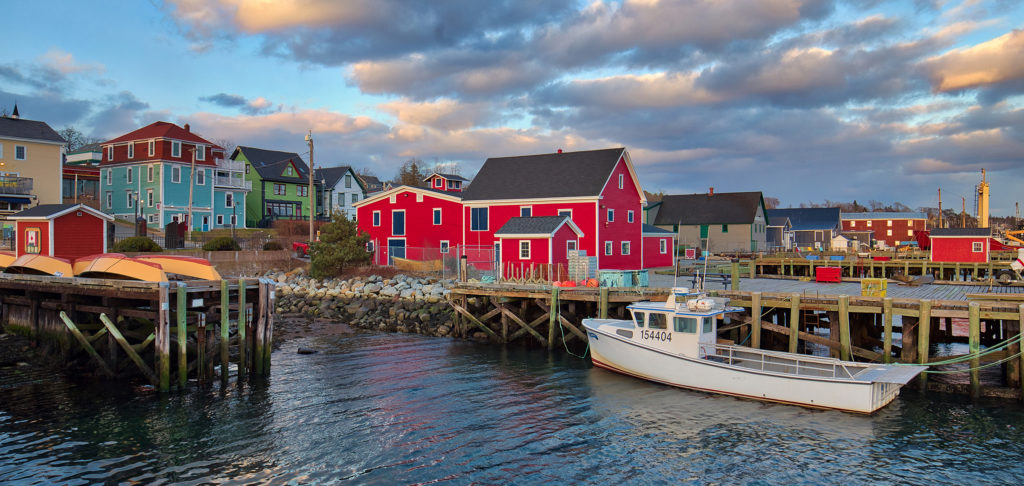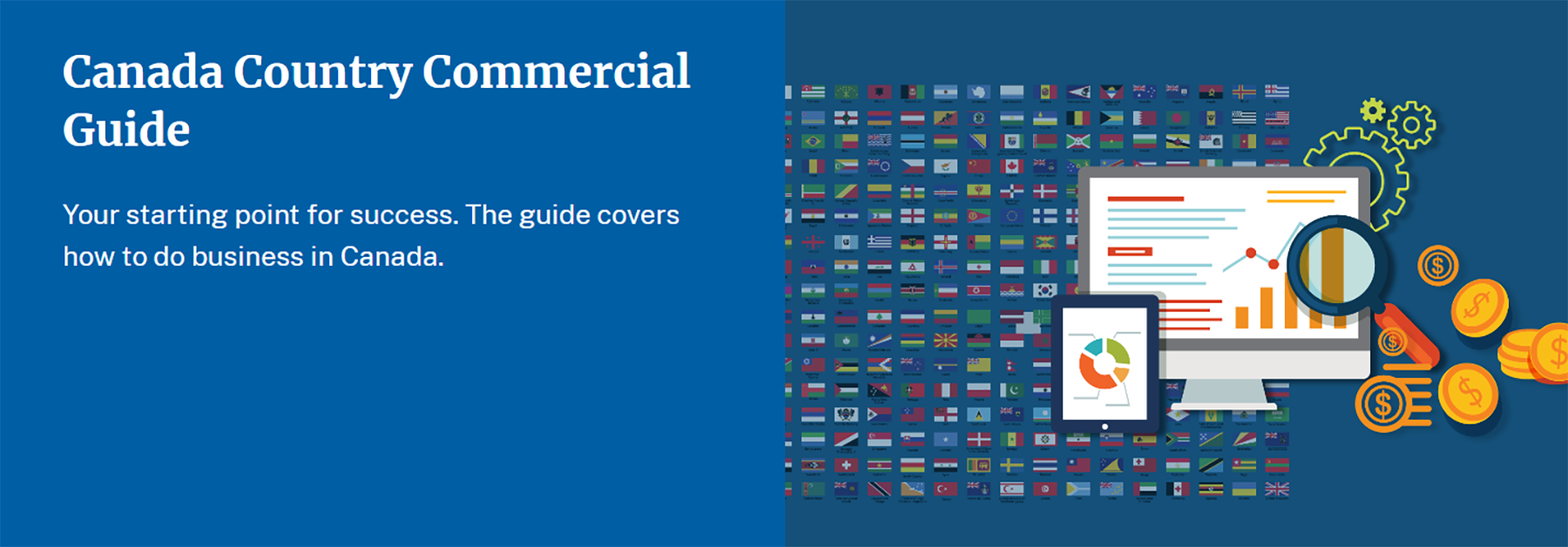Canada Desk
Canada is Maine’s largest trade and investment partner.
Maine exported $1.3 billion of products – approximately 40% of the state’s total exports – to Canada last year. This figure only accounts for physical products. The value of the relationship grows substantially when adding in services like banking and tourism. As a border state, Maine serves as a logistics hub for Eastern Canadian trade and relies on Canadian inputs for domestic manufacturing. Maine’s natural resource-based industries (potatoes, blueberries, lobster, forest products, etc.) are highly integrated with Canada, which is characterized by two-way trade flows of raw materials and finished products, as well as bilateral investments in each other’s markets.
Two-way trade between Maine and Canada tops $6 billion per year
Maine exports $1.2 - $1.8 billion in goods to Canada annually
94 Canadian-owned businesses employ 5,350 Maine workers

Maine International Trade Center (MITC) assists Maine companies through one-on-one counseling for market entry strategy, organized trade missions to Canada, and professional connections with public and private sector entities in Canada.

Three good reasons for Maine companies to consider the Canadian market:
- Similar Marketplace & Consumer Preferences
- Geographic Proximity & Logistics
- Low Barriers to Entry
Four Key Provinces
New Brunswick, Nova Scotia, Ontario, and Quebec are four key provinces in Maine’s trading relationship with Canada due to their proximity, robust industries, and cultural similarities. Reach out to the MITC team for more information on opportunities for your business and connections.
New Brunswick

If it were a country, New Brunswick would be Maine’s largest international market, accounting for approximately 20% of the state’s exports in 2024. New Brunswick has a resource-based economy dependent largely on forestry, mining, and fishing. Tourism, agriculture, small-scale manufacturing, and a growing service sector provide balance and diversity.
Nova Scotia

Nova Scotia has one of the most diverse economies in Canada with key industry sectors including: ocean tech, advanced manufacturing, naval defense, seafood, agri-food, and financial services. The Port of Halifax is a major seaport on the East Coast and is the next stop on Eimskip’s Green Line after Portland.
Ontario

Ontario generates approximately 38% Canada’s GDP. Ontario’s economy thrives through its unique combination of resources, manufacturing expertise, exports, and a drive for innovation. Agriculture, forestry, manufacturing, mining, and financial services are some of the province’s most dominant sectors.
Quebec

Quebec is the second largest destination for Maine exports after New Brunswick. The largest Province by area and second largest by population, Quebec’s dominant industries include agriculture, manufacturing, biotech, transportation, education services, health care and life sciences, multimedia, and financial services.

